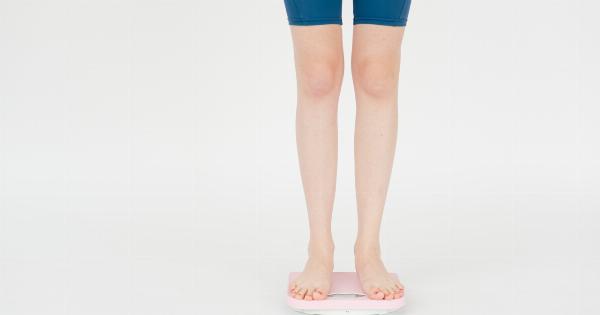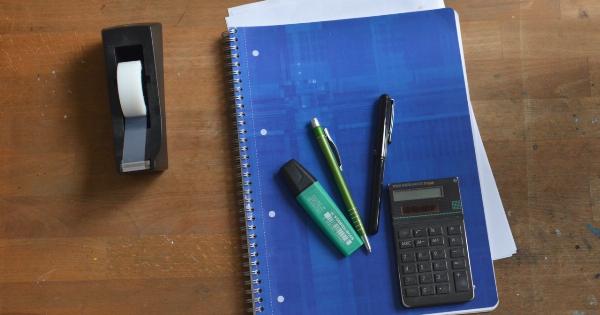High blood pressure, also known as hypertension, is a common health condition that affects many people around the world. It occurs when the blood pressure in your arteries is consistently elevated beyond normal levels.
Hypertension is a serious condition that can result in various complications including heart attack, stroke, and kidney failure. The good news is that there are simple steps you can take to lower your blood pressure and prevent hypertension.
Lifestyle changes
The first step in preventing hypertension is making lifestyle changes. Here are some tips:.
- Eat a healthy diet: A diet rich in fruits, vegetables, whole grains, and low-fat dairy products can help reduce blood pressure. Avoid foods that are high in sodium, saturated fats, and cholesterol.
- Get regular exercise: Physical activity helps lower blood pressure. Aim for at least 30 minutes of moderate-intensity exercise, such as brisk walking or cycling, most days of the week.
- Quit smoking: Smoking increases blood pressure and damages the arteries.
- Limit alcohol intake: Drinking too much alcohol can increase blood pressure. Men should limit alcohol to two drinks a day and women to one drink a day.
Dietary changes
What we eat can have a significant impact on our blood pressure. Here are some dietary changes that can help you lower your blood pressure:.
- Reduce sodium intake: Too much sodium can increase blood pressure. Aim for less than 2,300 milligrams of sodium a day.
- Eat potassium-rich foods: Potassium helps counteract the effects of sodium on blood pressure. Foods rich in potassium include bananas, sweet potatoes, spinach, and tomatoes.
- Include calcium-rich foods: Calcium is essential for normal blood pressure regulation. Good sources of calcium include dairy products, fortified breakfast cereals, and leafy green vegetables.
- Choose whole grains: Whole grains are high in fiber, which can help lower blood pressure. Examples include oatmeal, whole wheat bread, and brown rice.
Exercise
Regular exercise is not only important for maintaining a healthy weight, but it can also help lower blood pressure. Here are some tips on how to incorporate exercise into your daily routine:.
- Start slowly: If you are new to exercise, start with light activities such as walking or stretching, and gradually increase the intensity and duration of your workouts.
- Make it a habit: Aim for at least 30 minutes of moderate-intensity exercise most days of the week. You can break it up into shorter sessions if needed.
- Mix it up: Include a variety of exercises in your routine, such as strength training, aerobic exercise, and flexibility exercises.
- Track your progress: Keep track of your workouts to help you stay motivated and monitor your progress.
Stress management
Stress is a common trigger for high blood pressure. Managing stress can help lower blood pressure and promote overall health. Here are some stress management tips:.
- Practice relaxation techniques: Techniques such as deep breathing, yoga, and meditation can help reduce stress and lower blood pressure.
- Get enough sleep: Lack of sleep can contribute to high blood pressure. Aim for 7-8 hours of sleep per night.
- Find time for hobbies and interests: Engaging in activities you enjoy can help reduce stress levels.
- Seek support: Talking to friends, family, or a mental health professional can help you manage stress and improve your overall well-being.
Conclusion
Lowering your blood pressure and preventing hypertension requires lifestyle changes that include a healthy diet, regular exercise, stress management, and avoiding smoking and excess alcohol.
By making these changes, you can reduce your risk of developing hypertension and promote overall health and well-being.































